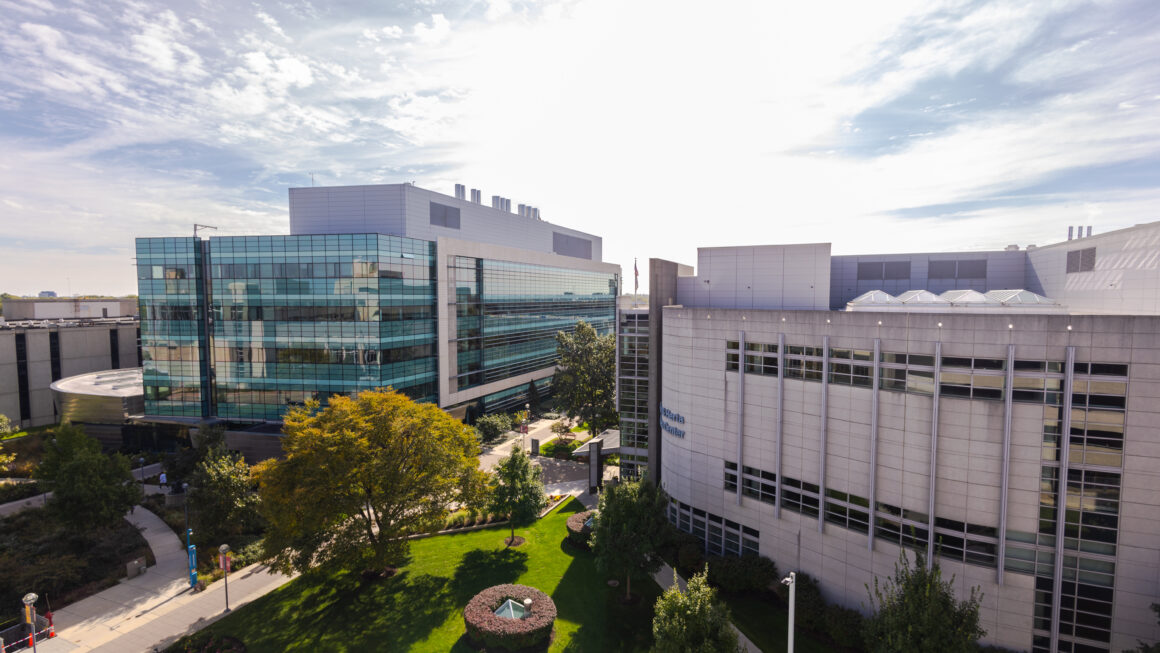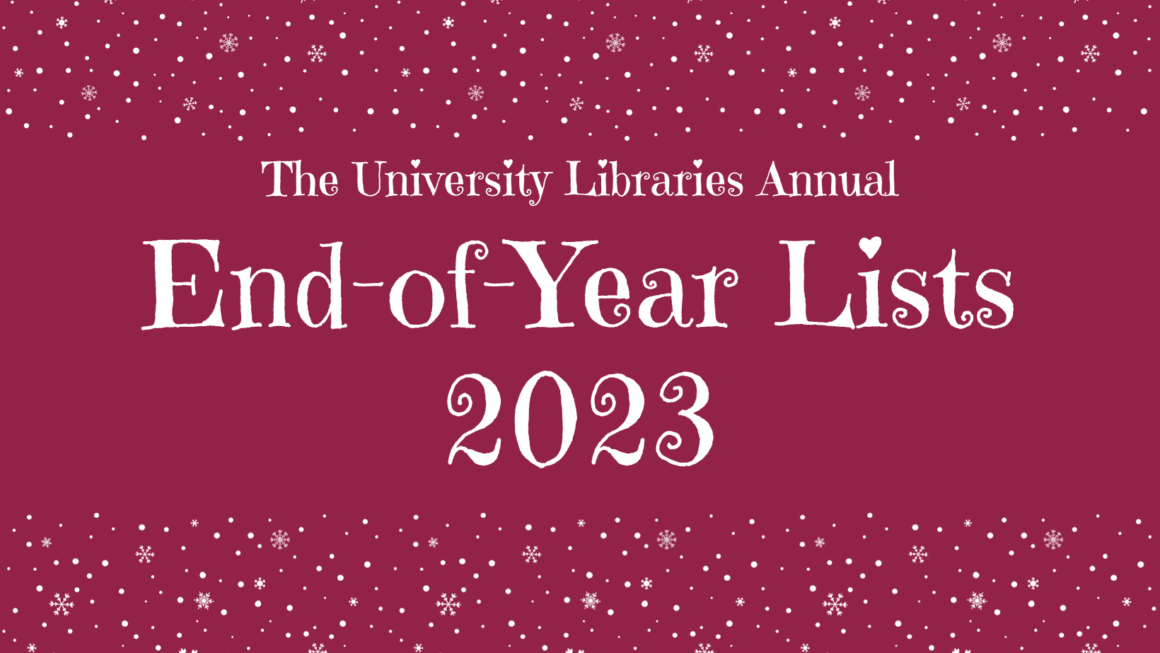Below are the full remarks from Robert Seal, Dean of Libraries at Loyola University Chicago, given at the dedication ceremony for the Klarcheck Information Commons on December 7, 2007. These remarks can be downloaded as a Word document by clicking here.
* * *
Loyola University Chicago
Information Commons Dedication
Remarks by Bob Seal, Dean of Libraries
December 7, 2007
Ladies and gentlemen, President Garanzini, Provost Wiseman, Mr. Quinlan, Mr. & Mrs. Klarchek, Trustees, students, faculty, staff, friends and guests. Good afternoon and welcome.
Today, December 7, 2007, represents a milestone for our fine University. It is a day, of course, when we remember the sacrifice made by the men and women of our armed forces 66 years ago at Pearl Harbor.
December 7 this year is a day of celebration for Loyola University Chicago for we dedicate not only our newest building but we begin a new chapter in our history. The Klarcheck Information Commons represents, symbolically and literally, a dramatic change occurring in higher education toward more interactive, collaborative learning in which libraries and technology play an increasingly important, indeed vital role. The now familiar phrase, the library is the heart of the university, is never more true than it is here in 2007.
Mark Twain once wrote “the report of my death was an exaggeration.” So it goes with the academic library. In 2001, the first year of the millennium, conventional wisdom said that the university library was dying. Students were staying away because they were getting all the information they needed from the Internet. In November that year, the Chronicle of Higher Education declared the academic library “deserted” because students used the web for research and because they preferred Barnes and Noble’s comfy chairs, classical music, and coffee.
The article had elements of truth. Some libraries did see a decline in use. They were often dark, uncomfortable, unfriendly places. Some predicted a trend unless libraries found a way to stay relevant. Many of us in the library profession realized that we had to change if we were to survive.
And libraries did change because we finally did something novel, we began listening to our students and faculty, asking them what they wanted in their university library. Not surprisingly, students wanted computers with internet access, they wanted to eat and drink in the library without being hassled. They wanted a place where they could talk and study together with friends and they wanted more online library resources.
We were dealing with a new type of student, the so-called millenials, students who were born after the PC was invented. These students are multitaskers, constantly connected with friends via instant messaging (not email!). They not only expect the latest computer technology, they expect anytime, anywhere access to high-speed internet. At any given time, they can be simultaneously writing a paper, surfing the Web, and listening to their iPod, stopping occasionally to send a text message to their roommate or to answer their cell phone. Thus, in response to the habits and needs of today’s students, the concept of the Information Commons was born and has been evolving.
The IC as we call it is founded on the three C’s of Collaboration, Connectivity, and Community. Our beautiful, technologically-advanced, environmentally-friendly building offers a variety of spaces for students to work together, to Collaborate on class projects.
The Information Commons provides the Connectivity via 222 internet connected PC’s and Macs, 50 circulating laptops, and wireless service throughout the building, offering easy access to the campus network and the World Wide Web.
Every person needs what sociologists call the Third Place, a place which is not home, work, or classroom, a place to be with friends, a Community space which is convenient, comfortable, and safe. The IC is all those things and more thanks to its design, furniture, and café.
At the core of this fine facility is the staff of the University Libraries, Information Technology Services, and the Writing Center, all ready to help students and faculty with any information question or problem, whether library or computer related. In short, we offer a one-stop shopping experience for all information needs.
And since we are physically connected to Cudahy Library, users are just steps away from the libraries’ print and AV collections and important services such as reference, circulation, and special collections. Indeed, the Information Commons is an extension of, and complement to, Cudahy Memorial Library.
What does the Information Commons mean for Loyola University Chicago? First, we now have the finest new library building in the area and the only separate Information Commons building in the region. Second, it is a place where students and faculty can easily access information from around the world for study and research, aided by experts from the Library and Information Technology Services. In short, the Information Commons becomes the new academic center of the Lakeshore campus, symbolizing what a University is all about: learning, scholarship, and the creation of knowledge. It is an extraordinary building which gives meaning to our mission of “Preparing people to lead extraordinary lives.”
Let me conclude my remarks by adding my thanks to those of President Garanzini. Many people have worked long and hard on this project since the summer of 2005 and I wish to recognize them and express my heartfelt appreciation for all they’ve done.
First and foremost, we thank Father Garanzini who had the vision for this building and, most importantly, raised the money to make it a reality. He recognized the need for a centrally-located, modern library building that is responsive to the needs of today’s student and faculty member. Thank you, Father Garanzini, for your leadership, vision, and support!
Next, I want to thank our architects, Solomon Cordwell Buenz, for their excellent work which resulted in the spectacular facility we are standing in today. They have already won an international award for the IC. In particular, I want to recognize John Lahey, Devon Patterson, and Carrie Fitzpatrick from SCB. I know there were many others from SCB who worked on the project but these three fine people deserve special recognition. I especially enjoyed working with Devon, the building’s design principal. He had great ideas; he listened to us, and was a pleasure to work with.
Of course, I must express my gratitude and thanks to the library staff for all their hard work over the past two years in the planning necessary to imagine and create the essence of our Information Commons. Since August, this major effort has been coordinated by our Information Commons management team, led by our new IC Director, Leslie Haas. This group has worked tirelessly, attending to a thousand details in preparing for our opening on January 14. Thank you all for your hard work, long hours, and dedication.
Equally, I must recognize our partners in this endeavor, Information Technology Services, our computer center, headed by our CIO and Vice President, Susan Malisch. Susan and her staff have played a key role in the planning of this technologically-advanced facility from the beginning and they will be responsible for its ongoing support. Thank you everyone at ITS for your excellent work and commitment.
I also want to thank the two people who managed the construction project and worked closely with our staff throughout: Wayne Sliwa, the Project Manager from Loyola, and Heather McNitt, the Assistant Project Manager from Cotter Consulting. Wayne and Heather had a huge job and they carried it out with professionalism, enthusiasm, and patience. I greatly admire them and want to offer my sincere thanks for all they did in working with us, Pepper Construction, and all the subcontractors on this immense and complicated endeavor. I also want to thank the on-site Pepper Construction supervisor, George Manning, and all the construction workers for creating our beautiful building.
We are fortunate to have had a number of people who generously gave large gifts of money in support of the Information Commons project. They were recognized by Father Garanzini a few moments ago. Allow me to add my sincere thanks to all of them. We are most grateful for their kindness and generosity. I especially want to thank Richard and Michelle Klarchek for the incredibly generous gift to Loyola University.
Finally, I am pleased to announce today that beginning January 14, 2008, the Information Commons and the Cudahy Library will be open to the Rogers Park and Edgewater communities. Loyola is an integral part of this community and this is one way we can give back to our neighbors. Details on our community access program will be forthcoming.
Thank you all for being here today to celebrate the dedication of the Information Commons. This is a great day for Loyola and the University Libraries!

